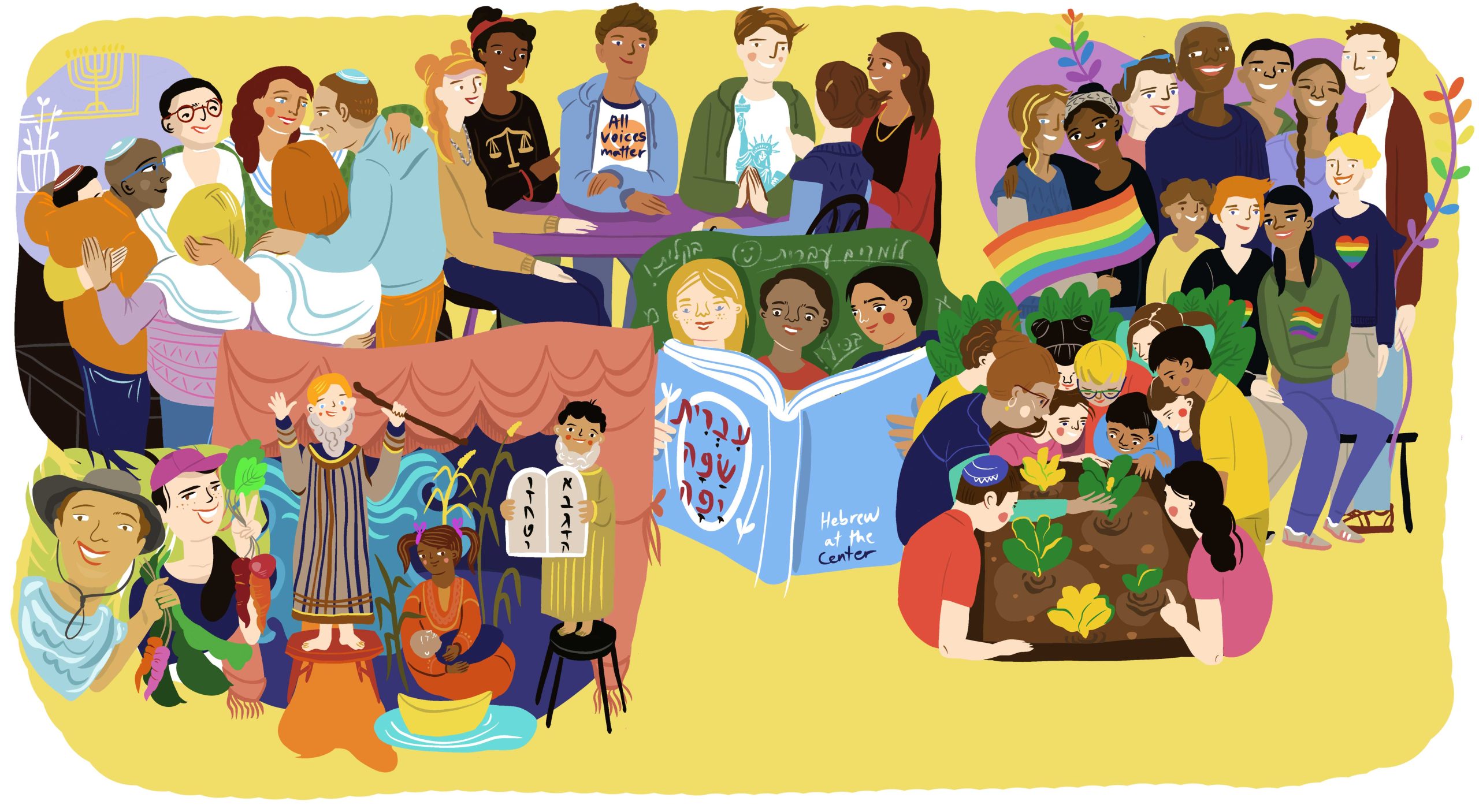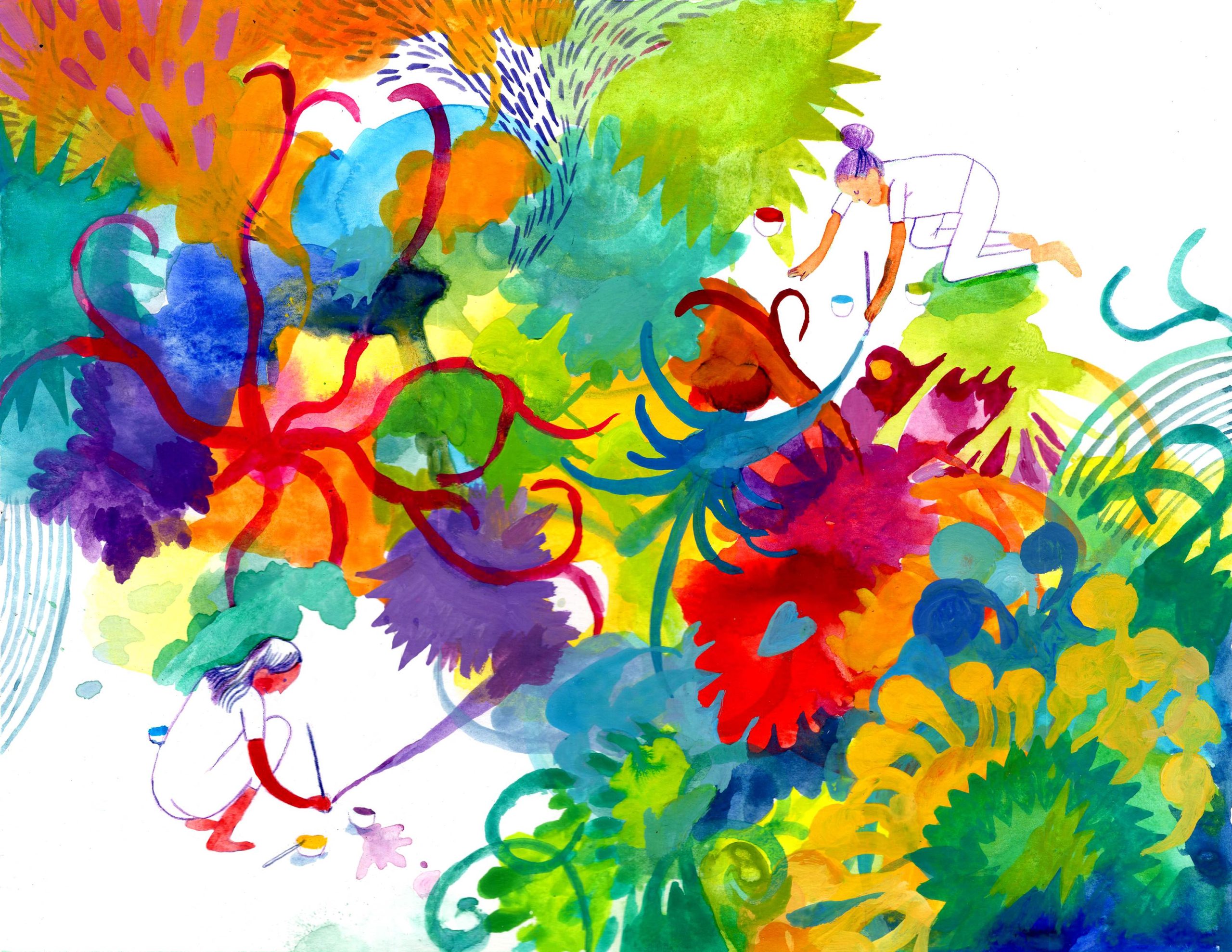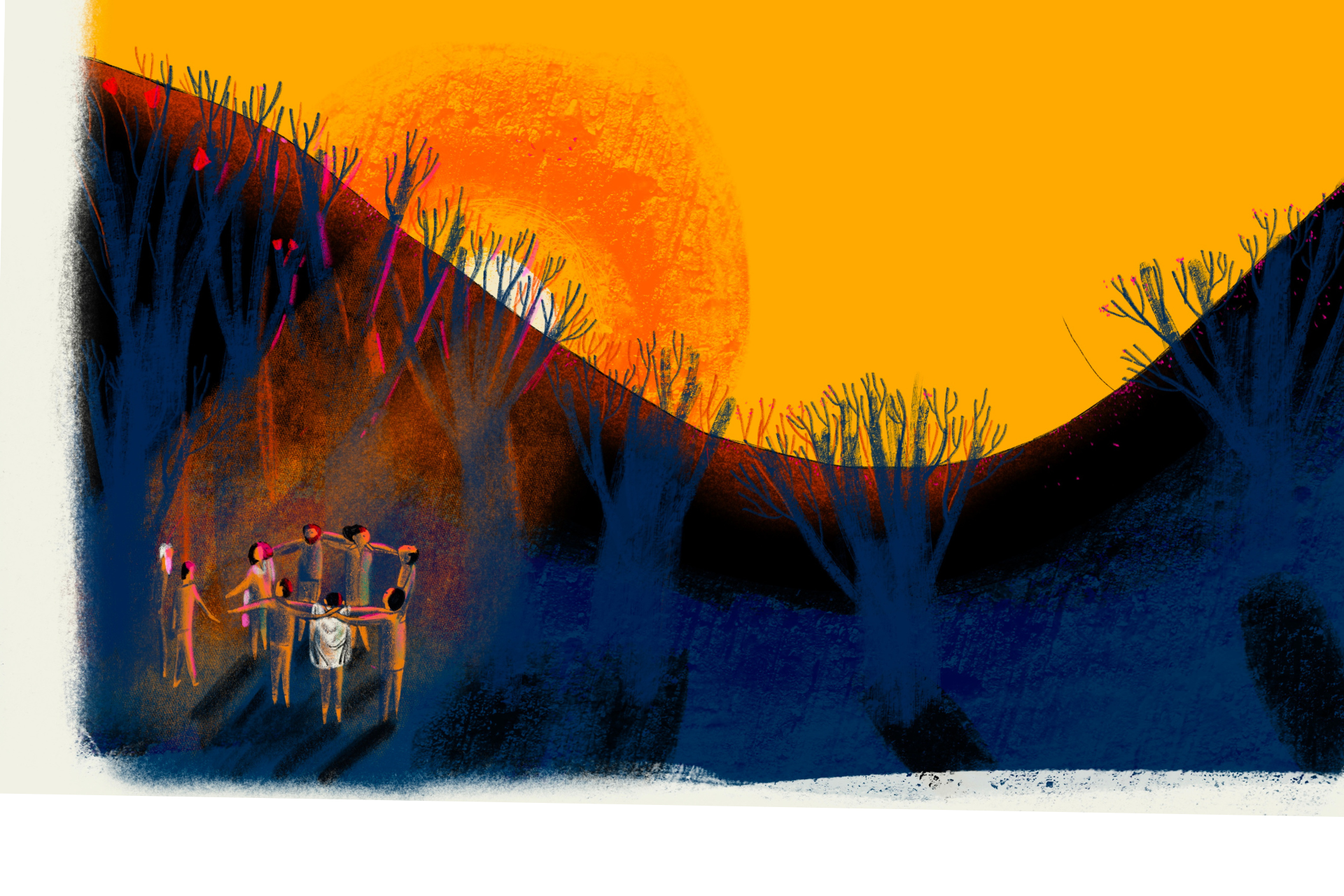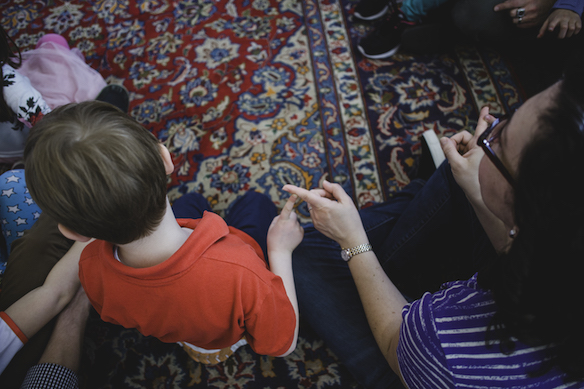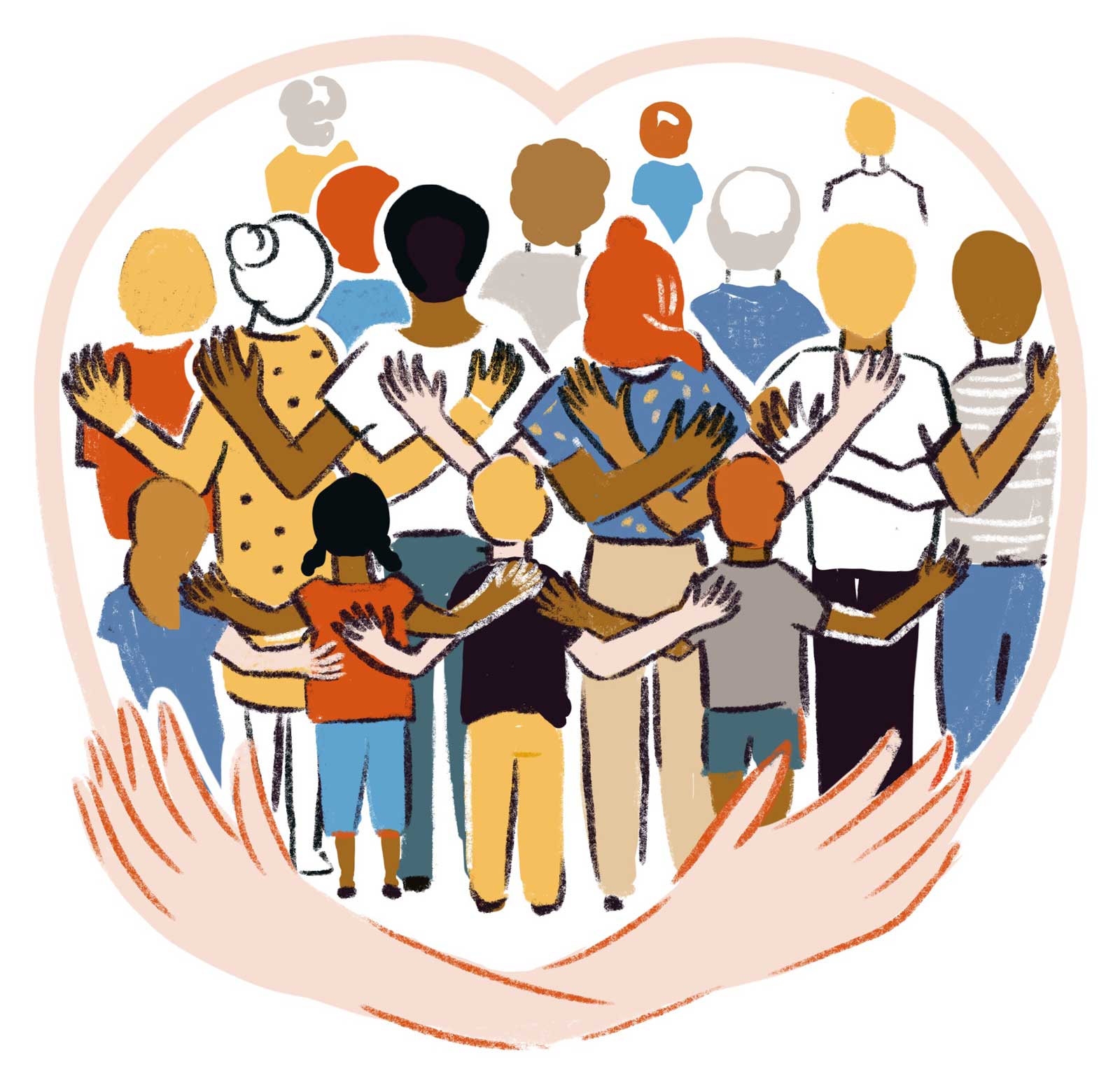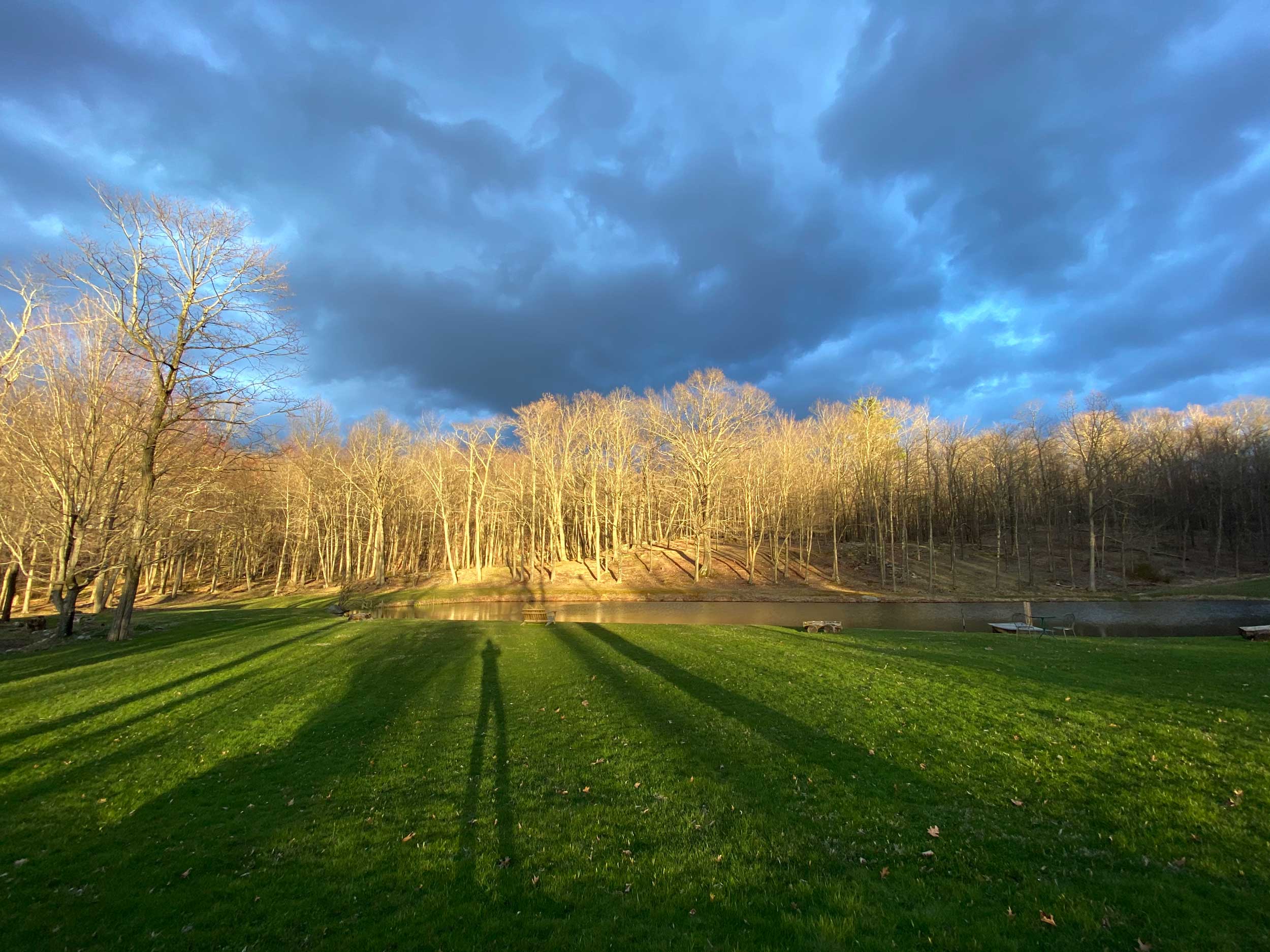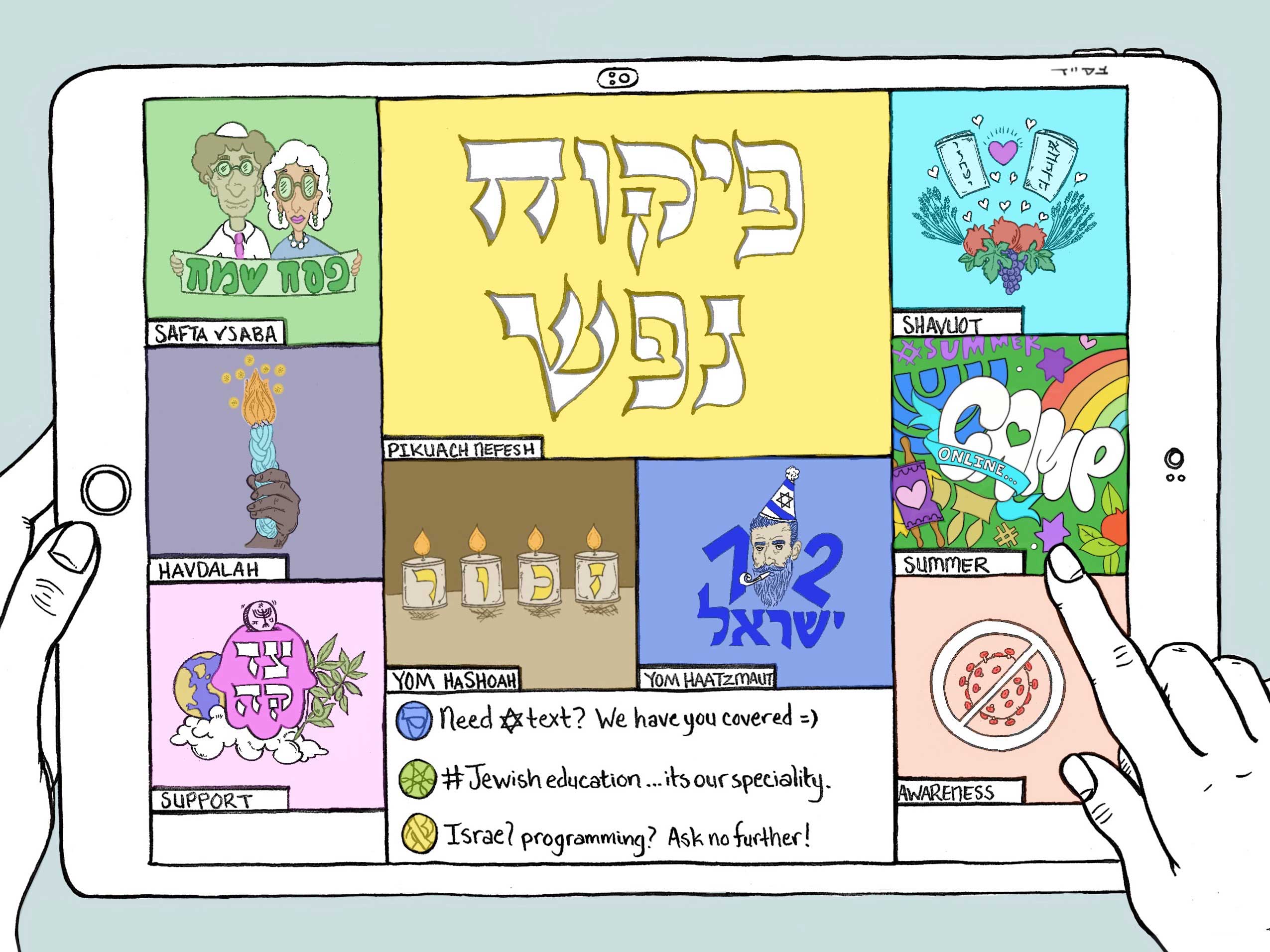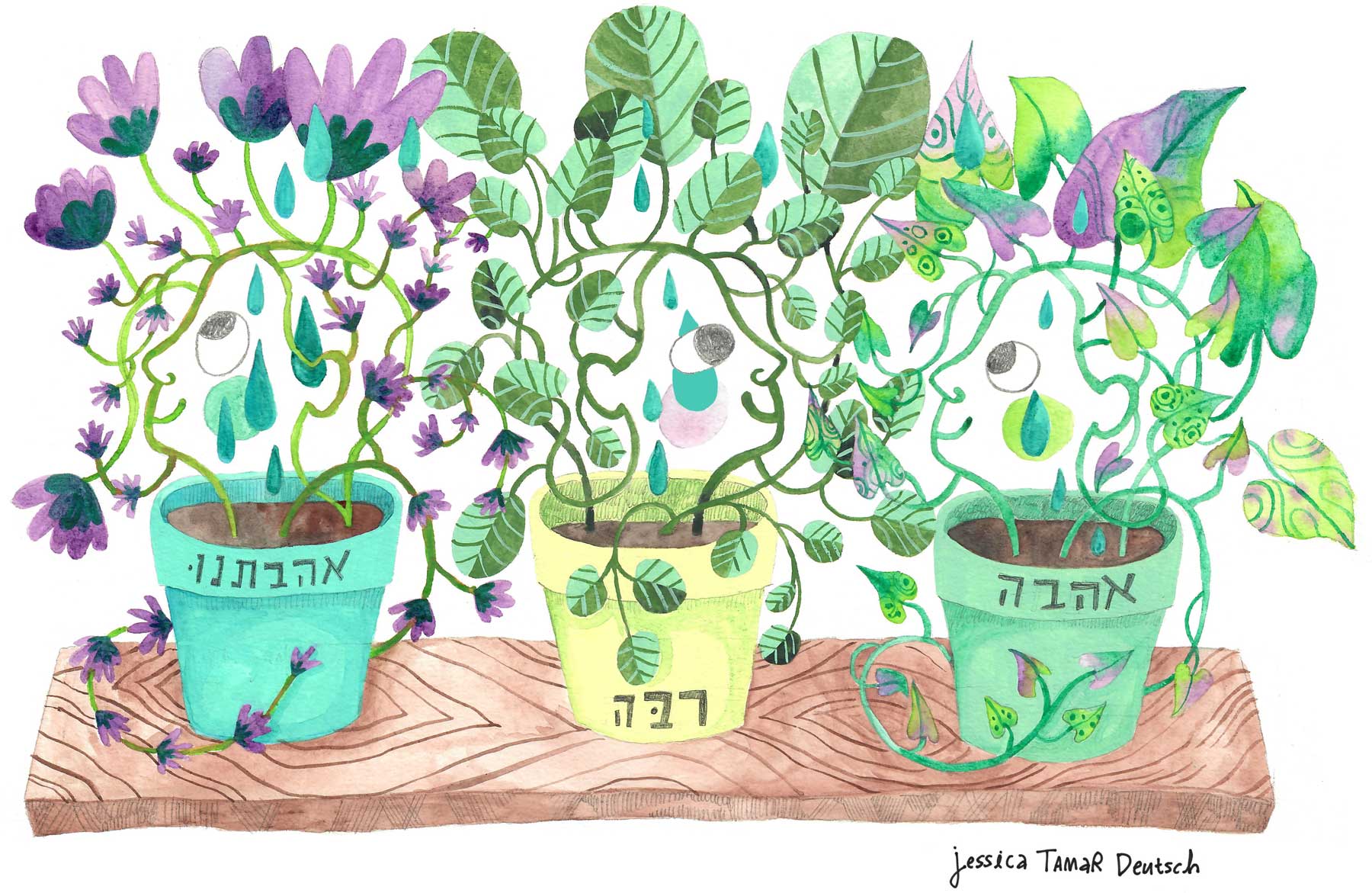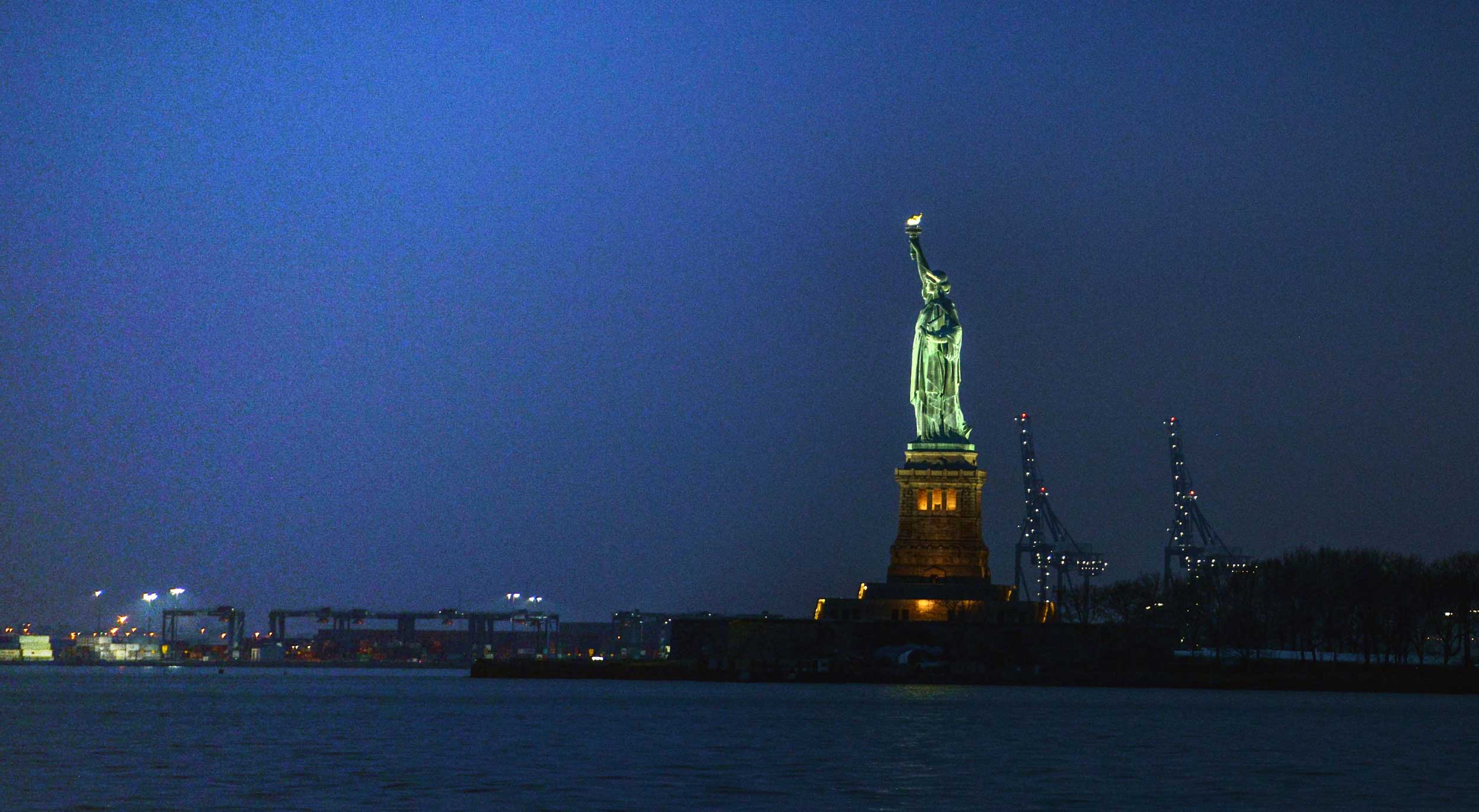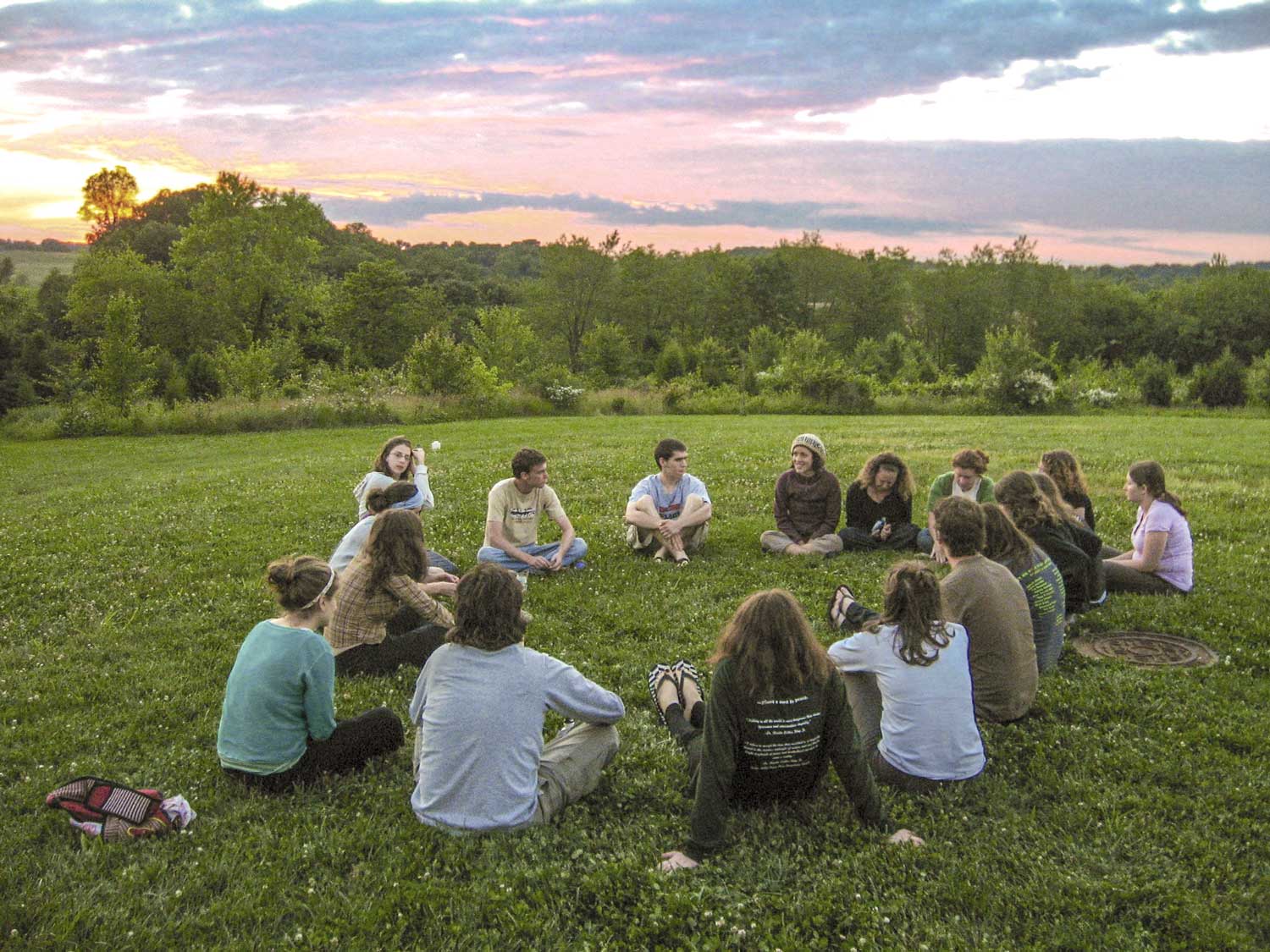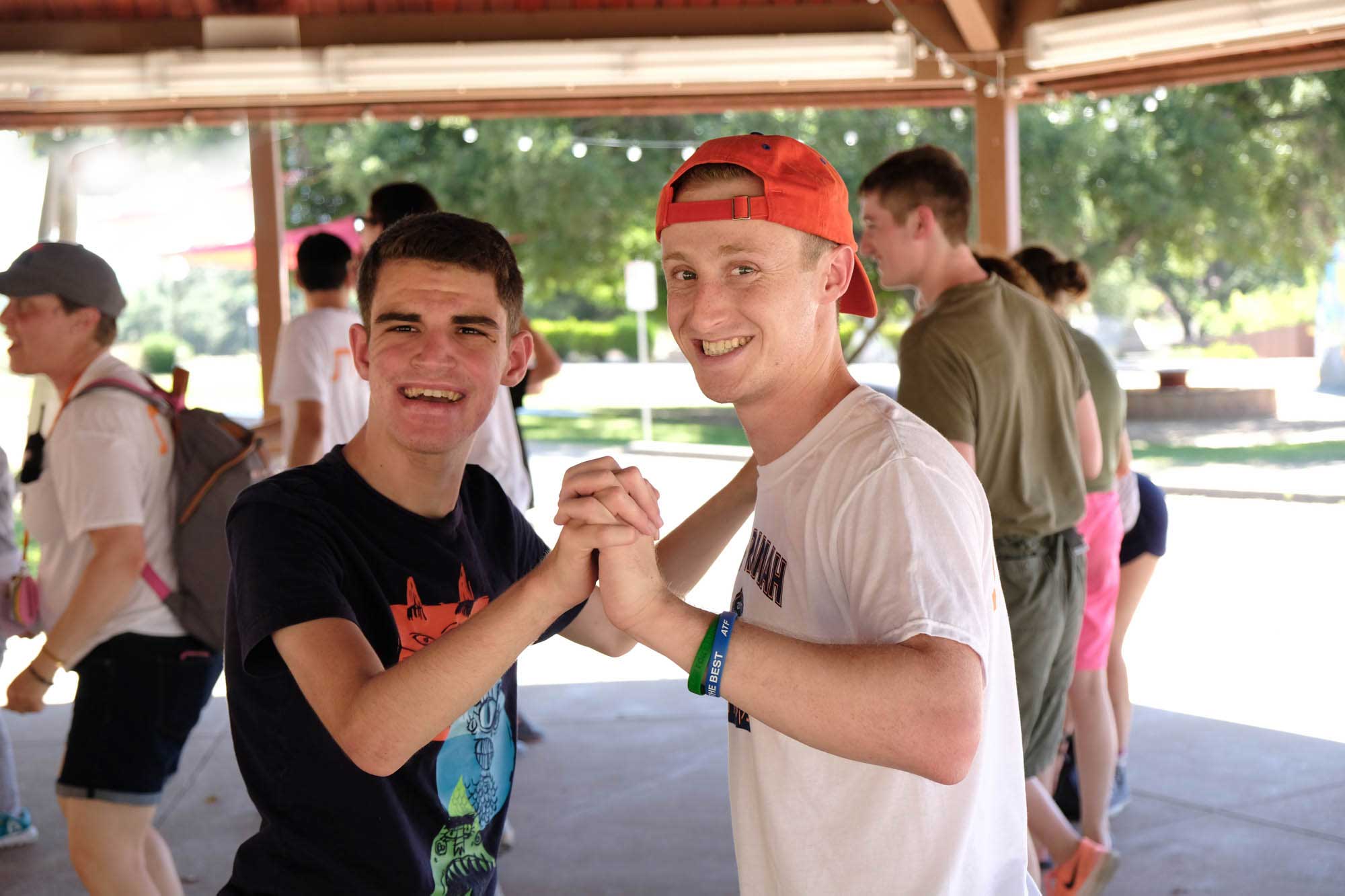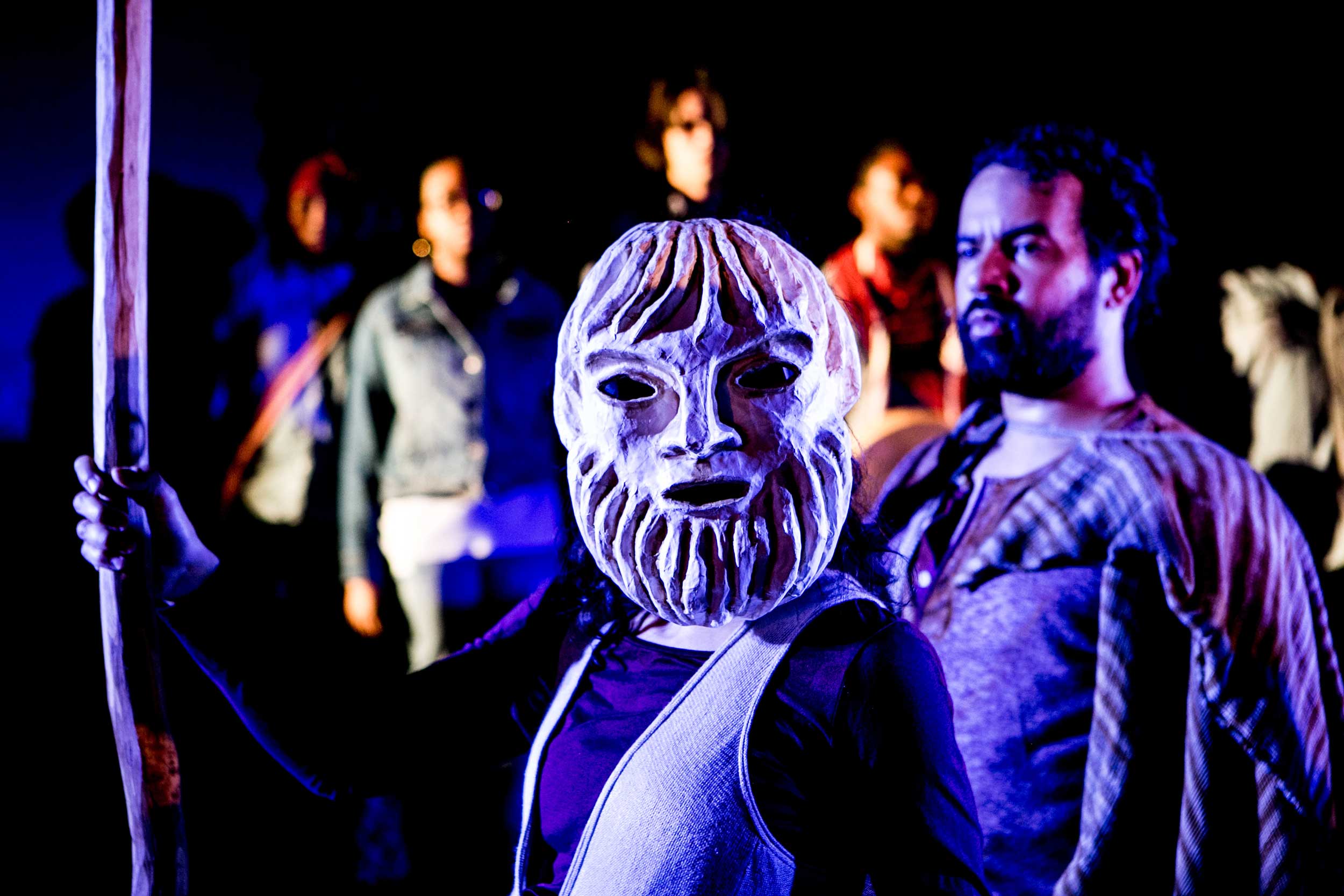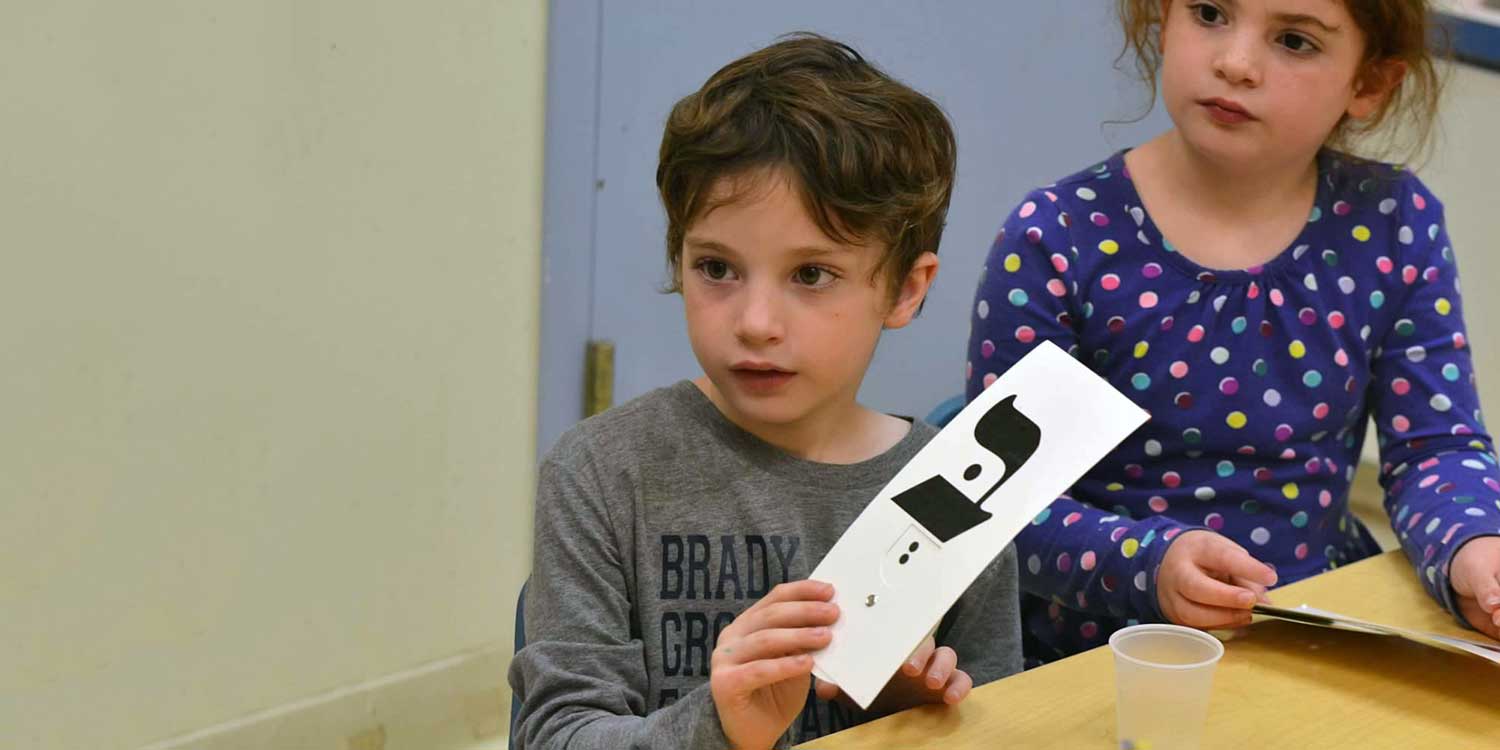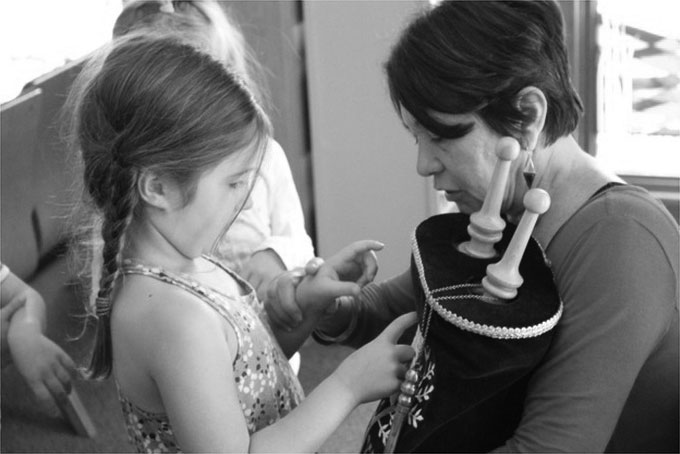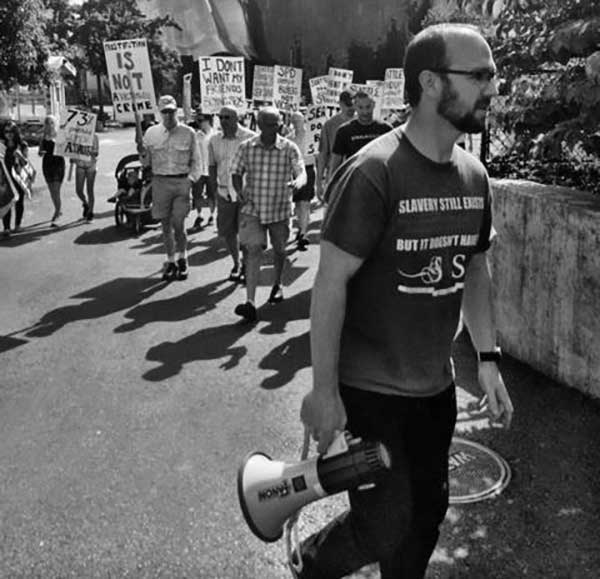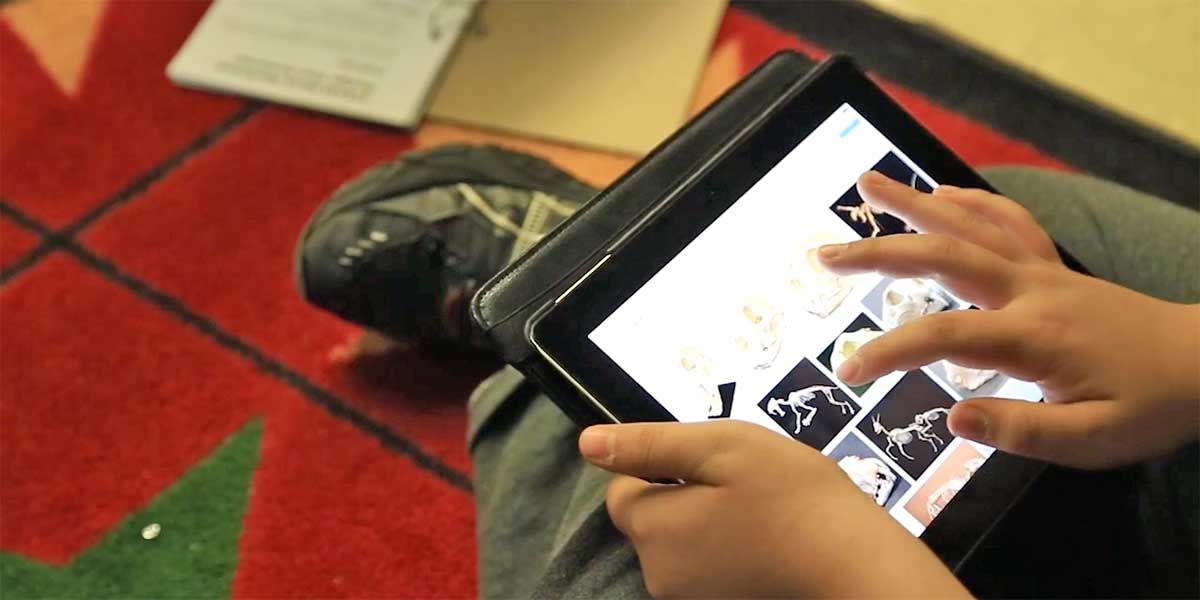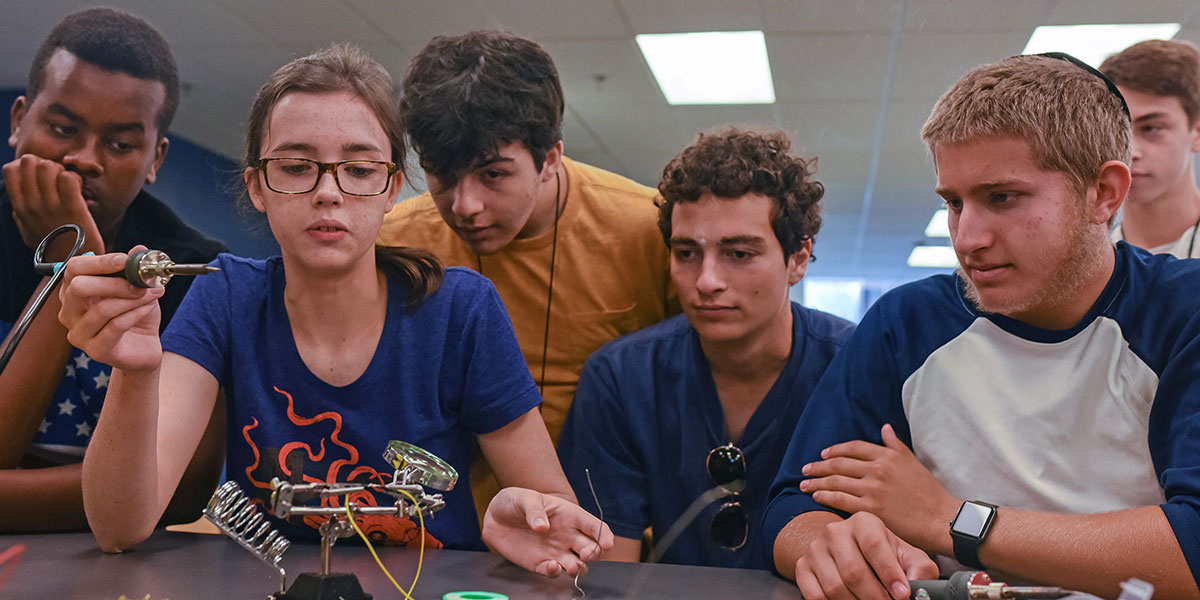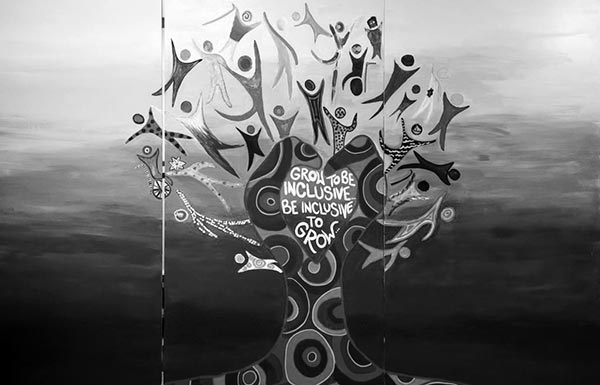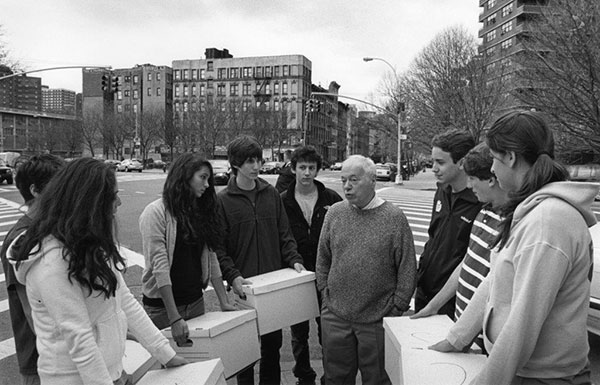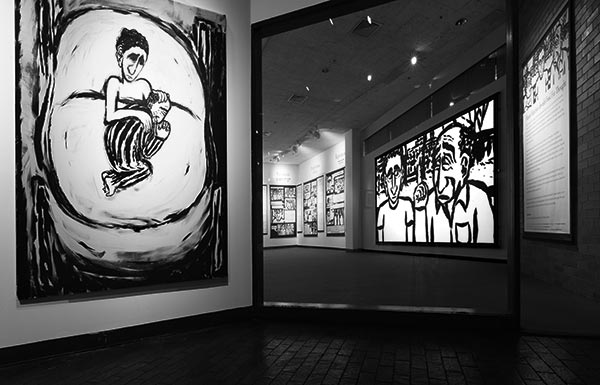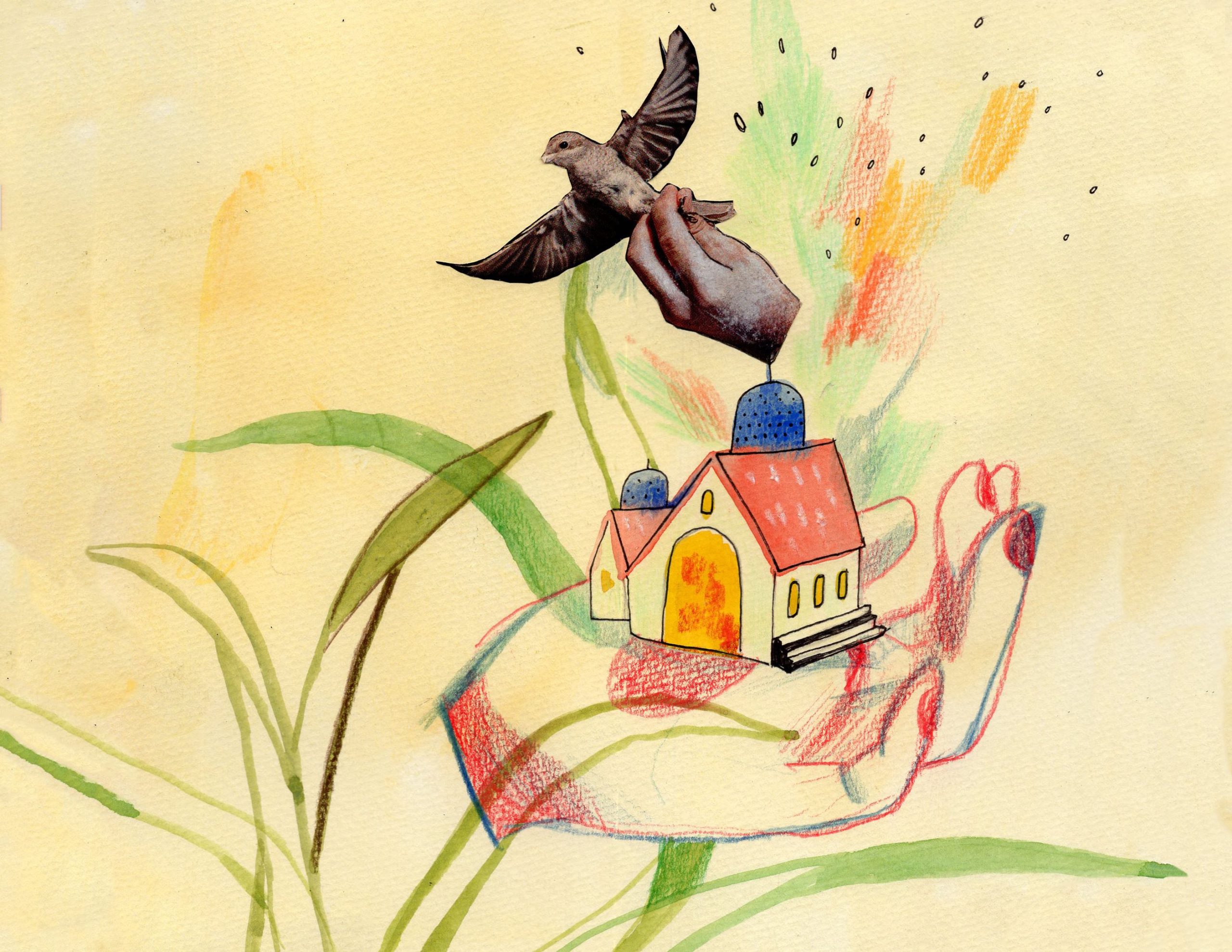
ARTICLE Yotzer Or: Creating Light at HUC-JIR
One of the most fulfilling moments of an educator’s life is when one’s students become their teachers. A decade ago I launched Dream Lab, followed by Beit HaYotzer/the Creativity Braintrust, a series of collaborations with Jewish artist-scholar-educators aimed at infusing the Jewish educational enterprise with creativity. Over the past four years, with the generous support of a Signature Grant, we created teaching laboratories at Hebrew Union College-Jewish Institute of Religion, where we are guided by the belief that Jewish learning, designed well, can be a vehicle to transform and sustain Jews and Judaism.
We envisioned a world where Jewish educators have the resources, confidence, and emotional resilience to boldly integrate creativity and the arts into Jewish educational practice. With support and preparation, Jewish educators can be the architects of a creative Jewish future with an eye toward a more empathic, wise and just community.
The essay that follows captures an example of what happens when the students become the teachers and take a leadership role in embracing the arts to create healthy, spiritually nourishing cultures.
-Dr. Miriam Heller Stern, Vice Provost for Educational Strategy, National Director of the School of Education, and Associate Professor at HUC-JIR.
Read more about Beit HaYotzer in Sight Line Volume 23, Sept. 2020.
Yotzer Or: Educators Creating Light at HUC-JIR
Researched and authored by Allison Lester, PhD1
July 2023
In the sacred halls of traditional seminary education, the study of Jewish texts and the sharpening of intellectual acumen have proudly stood as twin pillars of enlightenment. This enduring model, while venerable, has recently been nudged gently towards an expansion, an invitation to deepen the essential dimensions of personal and spiritual growth. It is in this realm that Yotzer Or - “Creator of Light” - emerges, a beacon of creative experimentation nestled within the historic structures of HUC-JIR in Los Angeles, California. A student-led brainchild inspired by the creative powerhouse of Beit HaYotzer/The Creativity Braintrust in HUC-JIR’s School of Education, Yotzer Or is weaving creativity, self-care, and artistic expression into the student experience at HUC.
Founded and led by Dr. Miriam Heller Stern and with the support of a signature grant from the Covenant Foundation, Beit HaYotzer emerged as a response to an educational system that often treats artists as ancillary, temporary guests in professional development or special student programs. In contrast, Beit HaYotzer aimed to invigorate the rigorous academic environment with ingenuity and self-expression, intertwining creativity with pedagogy in graduate education.
At the heart of the Beit HaYotzer model is the formation of a “Creativity Braintrust,” a collective of creative professionals invested in one another and integrated into the culture of graduate education, including artists such as Rabbi Dr. Ariel Burger, Jon Adam Ross, Alicia Jo Rabins, and Aaron Henne. Through their contributions, these artists are encouraged to identify as educators and, through collaborative planning and reflection with Miriam, begin to utilize an educational vocabulary that embraces an intentional and multifaceted approach to pedagogy. Miriam asserts that, “the mission was really to spark and amplify creativity and creative practice in Jewish education through the work of teaching artists.”
The initiative uses a holistic approach, merging intellectual study and emotional engagement to foster creative thinking and enhance spiritual leadership. This method reshapes the learning environment, encouraging students to step out of their comfort zones and inviting them to explore new dimensions of themselves and their capabilities as leaders and teachers. “The impact on the program has been creating a learning culture where we're constantly reinforcing group norms of taking risks, growing one's capacity to think outside of the usual efficient model of trying to do graduate school,” Miriam shares. “Helping our students express themselves in new ways, helping them expand their courage and their ability to be bold. Because artistic work in particular often demands that we try things we're not sure we're good at.”
A vivid illustration of this concept can be found in one of the unique, creative practices that Miriam introduced to the students - Kintsugi. Originating from Japan, Kintsugi involves the repairing of broken pottery using lacquer mixed with powdered gold. This art form, acting as a metaphor for resilience and adaptability in leadership, enhances students' appreciation for the beauty in imperfection and inspires their development as educators and leaders.
Consequently, the learning approach encourages students to be insightful and self-revealing rather than merely providing answers. Miriam notes, “Creative practice offers a more expansive environment for our students, one that appreciates and encourages their exploration as adult learners. The interplay between personal and professional creativity offers a unique approach to academic work.”
The experience of studying in an artists’ teaching laboratory has been transformative for students in HUC’s graduate programs in education, and ripple effects of creativity can be found in the settings where alumni serve as educators around the country. For the Master of Educational Leadership students who were continuing their rabbinic studies, it opened their eyes to the possibility of shaping the culture of their HUC campus in LA. On their return to rabbinical studies, the students brought with them a refreshed perspective on education and an appreciation for the power of creativity in their teaching, leadership, and sacred service to the community.
In response to the students' shared passion for the arts and their wish to maintain their creative pursuits, Miriam proposed establishing a campus initiative. The Yotzer Or initiative functions as a nurturing ground for joy, authenticity, inspiration, and renewed inventiveness. It represents the potential of creative Jewish education and Beit HaYotzer's broader objectives: enabling students to become agents of creative culture in their leadership and teaching. Miriam reflects, “They are relying on their inner artist to be the teacher, to create experience, and to merge text with the artistic medium.”
“One word that truly encapsulates our intentions for Yotzer Or is ‘cathartic,’” Julia shares. “Our aim is to provide students with cathartic experiences as they train for roles as rabbis, educators, or Jewish professionals. We pondered how creativity could become integral to our educational practice and discovered that engaging in creative endeavors has a calming and healing effect.” With sessions scheduled to coincide with the semester's end, Yotzer Or encourages students to unwind through playful and hands-on activities that encourage participants to reflect on and share their unique wisdom and gifts.
Miriam explains, “The desire to enhance and amplify creativity in the culture of your institution is culture-building work. My aspiration is that people are not just doing creative arts in their setting to check off a box, but are actively nurturing dispositions of creativity. Creativity is generative; it is a process of designing our reality and inventing the future.”
Looking towards the future, Julia passionately shares, “I hope that even after I complete the program, students will continue to engage in similar programming. It is essential for our campus culture to encompass activities that contribute to a sense of play, creativity, and learning for its own sake.” Yotzer Or's commitment to a vibrant learning environment envisions a future where creative exploration is integral to education.
1 Dr. Allison Lester is lead instructor and program designer for the DeLeT Master of Arts in Teaching program at HUC Los Angeles and Director of Creative Design and Impact at ish: Driving Cincinnati Jewish & Israeli Arts & Culture. She earned her PhD in Education and Community-based Action Research at the University of Cincinnati. Dr. Lester was engaged as part of the Covenant signature grant to observe the activities of Beit HaYotzer and Yotzer Or and conduct interviews with the leadership of the initiative between February and May 2023, in service of documenting the creative process, goals and learning that occurred.

